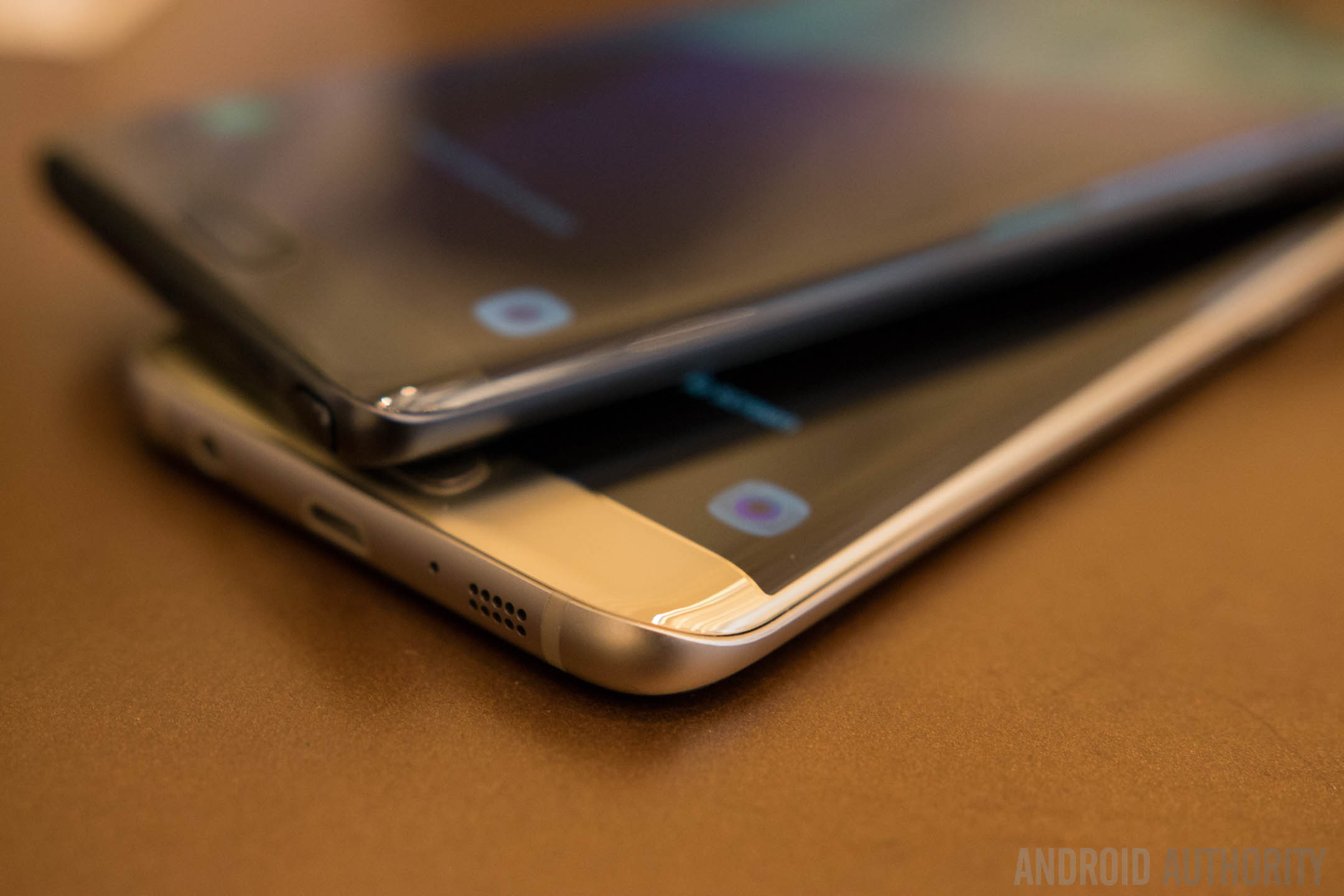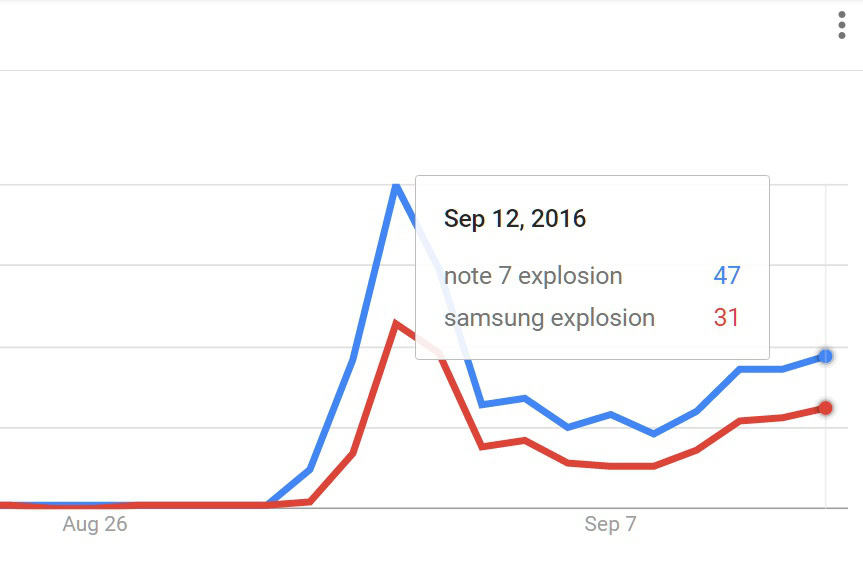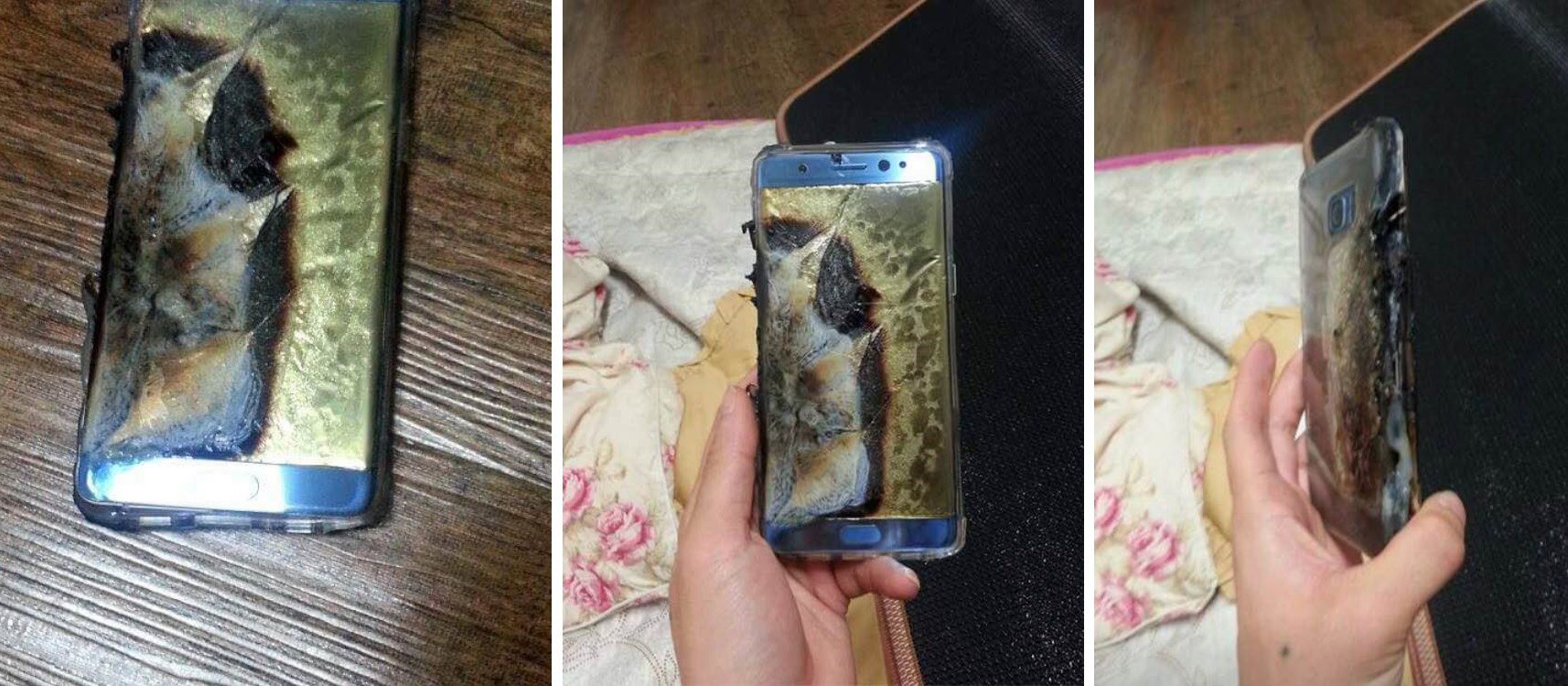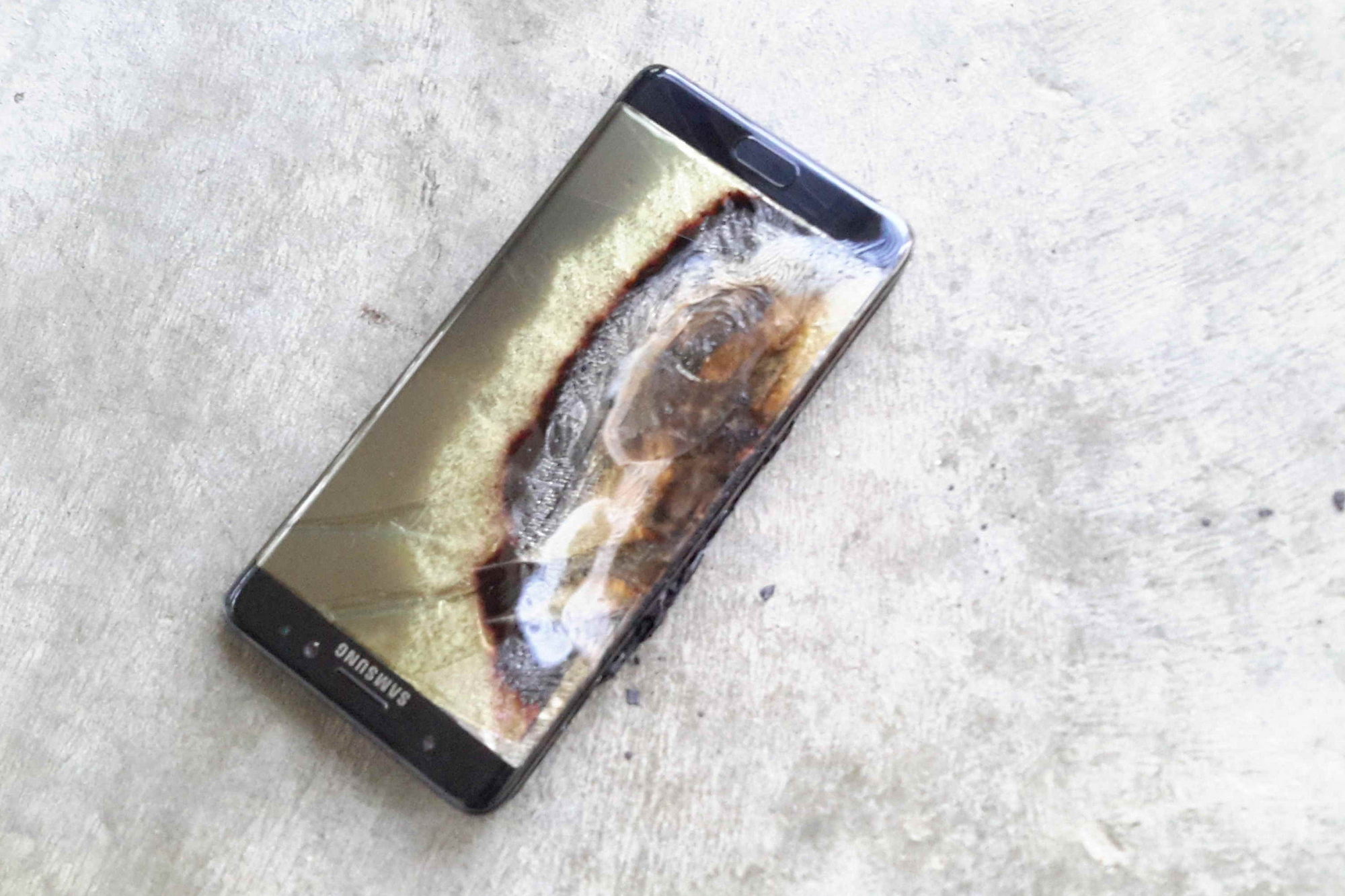Affiliate links on Android Authority may earn us a commission. Learn more.
Samsung has a perception problem, and it’s bigger than the Note 7
Published onSeptember 14, 2016

Samsung’s Note 7 recall is a giant, expensive mess. The cost of the recall will reach over $1 billion, and a further $5 billion in revenue could be lost. But Samsung has $23 billion in cash reserves. It can deal with any losses generated by the Note 7 fiasco. The situation is bad, but Samsung can fix it.
What Samsung cannot easily fix is the recall’s effect on how the public see its smartphones, and that is arguably the biggest challenge that the company is facing right now.
A concerning Note
Take the case of the 6-year boy from New York who suffered injuries when a Samsung phone “exploded” in his hands. In the rush to put the news out, media assumed that the phone must be a Note 7, because that’s the phone that Samsung is recalling and that’s what everyone’s talking about. The phone was actually a Galaxy Core, it was revealed a couple of days later, when NBC actually took time to discuss with the boy’s family.
Of course, Samsung is still liable for this unfortunate incident, and it should be held accountable every time one of its products causes harm or damage.
But looking at the big picture, confusions like this illustrate Samsung’s massive public perception problem, which is that all Galaxies are pretty much the same.
They are all Galaxies
For the average consumer there’s no big difference between a Galaxy Note and a Galaxy Core, or between a Galaxy S7 and a Galaxy A7. They are all just Galaxies. Some of them are more expensive, some fancier, but they are all, at the end of the day, “Galaxies.”
Samsung benefited from this line-blurring when it used the prestige of its flagships to sell cheaper devices. That’s why Samsung has dozens of devices in every screen size imaginable that all look similar. It’s a strategy that helped Samsung become the biggest smartphone maker in the world.
Now, in an ironic twist, the line-blurring is coming back to haunt Samsung. Case in point, on some American Airlines and Delta flights, attendants are asking passengers to power down all Samsung smartphones. “It’s hard to tell at a glance if a phone is a Note 7 or not. But we can tell if something’s a Samsung from the aisle,” a flight attendant explained.

Guilty by association
Samsung phones are now the subject of a media frenzy that must delight its competitors. And it’s not just the technology sites that cover it.
Tens of thousands of newspaper articles, posts, videos, tweets, Facebook updates, morning shows, and primetime news programs mention the Galaxy Note 7 fires, the damage they generate, and the injuries they can cause. Even worse (for Samsung), media is latching on every report of a Samsung phone catching fire, be it a Note, a Galaxy Core, a Galaxy S7 Edge, or another device. A few examples from the last days:
- Samsung S7 smartphone overheated and then EXPLODED in teacher’s hands in the middle of busy cafe
- Samsung phone [Galaxy Note 5] sparks, burns Trenton resident
- Samsung mobile phone [Galaxy S6] explosion prompts mum’s concern people are walking around with ‘time bombs’
- Samsung Sued By Man Who Says Galaxy S7 Edge Burst Into Flames In His Pocket
All eyes are on Samsung, despite the fact that devices from all manufacturers can catch fire or overheat. As IDC research Ramon Llamas put it,
“The impact to its brand is spreading where other Samsung phones – regardless if they are Note 7’s or not – are now becoming guilty by association. I won’t be surprised if more consumers are questioning whether their Samsung phones are safe.”
This storm of bad publicity already has tangible effects. Look at any post or news article mentioning any Samsung product, and you’ll probably see a comment about it blowing up.

For Samsung, the real danger is not that the Note 7 will become known as the phone that explodes. It’s that Samsung phones in general will become known as unsafe or poorly manufactured. And the effect could last for years: Apple’s comparatively minor “Antennagate” and “Bendgate” still come up regularly in conversations.

Action is needed
The good news is Samsung has already acted to fight this perception. It began the Note 7 recall before the public at large became aware of any incidents and it left no room for confusion, by opting for a full recall rather than a limited one.
But more is needed. That OTA update that should prevent more fire incidents has only been announced for South Korea. Samsung said it’s in “talks” with carriers from the other nine countries where the Note 7 is available, but it should move faster. If carriers – like carriers do – resist, Samsung should beg, threaten, and bribe them into submission.
Samsung can afford to pay more, and frankly, it should pay more
Next, those replacement units can’t come soon enough. Once Samsung announces that the first customers have got their new Note 7 units, media will finally have something positive to talk about.
That $25 gift card that Samsung is giving to Note 7 customers in the US is not enough. Samsung can afford to pay more, and frankly, it should pay more to compensate users for the hassle and confusion.
Samsung also needs to work with retailers of all sizes to ensure that all customers get proper loaner devices – and no, the Galaxy J1 Ace the company is giving to some people doesn’t qualify. Even more importantly, Samsung has to educate its partners’ customer service staff, so customers get clear answers to all of their questions.
To be fair, Samsung may be working on all of these measures, and more, right now. But if that’s the case, it’s not doing a great job explaining it to worried folks. Samsung has to open up to the public and talk about what happened and what it’s doing to ensure that nobody gets hurt.
A lesson for all?
The bigger challenge will come after this Note 7 debacle is finally over. It’s hard to say precisely how Samsung can clean up its image. Better customer service and higher manufacturing standards would definitely help, along with a communication campaign to publicize the changes. And price cuts will also go a long way to make people forget they ever worried about the Note 7.
Maybe there’s also a lesson for us media and customers in this story. We’re constantly pushing manufacturers to deliver more and deliver faster. We demand thinner phones, nicer materials, faster processors, and better screens, if possible at lower prices. And that’s normal. But perhaps we shouldn’t be surprised when phones, and the companies that make them, sometimes cave in under the pressure.
What do you think? Are you happy with the way Samsung is handling the recall? Do you think this situation will have lasting effects on Samsung?